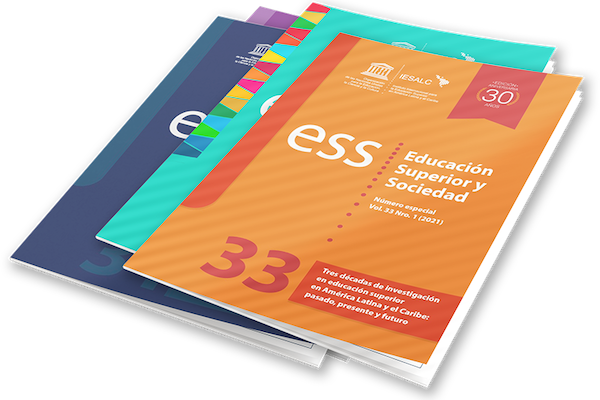New Policy Insight explores the target population groups of national scholarships provided by governments worldwide

58% countries in the Higher Education Policy Observatory offer national public scholarship programs to support students enrolling in higher education. Among these countries, students from low-income backgrounds are the most frequently targeted group for scholarships provided by national governments to enroll in higher education, with six out of 10 countries including them in their eligibility criteria. Students with disabilities are also a significant focus, targeted by nearly half of the countries. Other groups, such as women and indigenous populations, are less frequently prioritized, with only 13% of countries offering scholarships specifically for these groups. This disparity highlights the varying national priorities and challenges in addressing educational inequities.
Variations between regions
The Policy Insight highlights significant regional differences in the population groups targeted in national scholarship programs. In South and West Asia, two thirds of countries provide scholarships to women as a priority group. In contrast, no countries in Central and Eastern Europe or North America and Western Europe offer national scholarships specifically for women. Central Asia and Central and Eastern Europe show strong support for students with disabilities, while Latin America and the Caribbean focus heavily on low-income students, with almost all countries in the region offering scholarships to this group.

Implications for policymakers and researchers
The regional disparities in target population groups of national scholarships underscore the importance of context-specific approaches to higher education equity. In addition, policymakers should also consider a broader range of circumstances when designing scholarship programs, including non-financial barriers to access higher education. The Policy Insight calls for more comprehensive research into the effectiveness of different scholarship models and their impact on various underrepresented groups. By learning from global practices and data, countries can develop more inclusive and effective scholarship programs, ensuring that higher education is accessible to all, regardless of their background.
Dive into UNESCO’s Policy Insight 13 to gain a deeper understanding of higher education governance globally and its implications for future policymaking and research:
RELATED ITEMS








